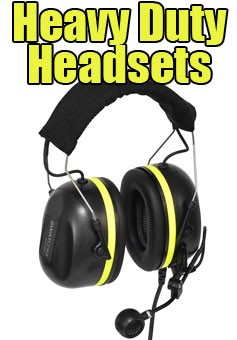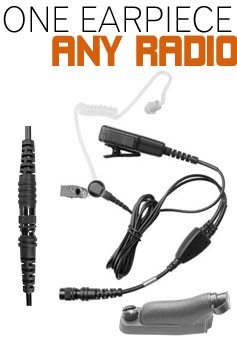
In the world of live performances, earpieces, or In-Ear Monitors (IEMs) as they are professionally known, are an essential piece of equipment for singers. Unbeknownst to many, these small devices perform three key functions for the singers. Firstly, they provide a safeguard against hearing damage, which can often be a byproduct of exposure to loud music or noise.
Secondly, they serve as an avenue for instructions and show directions, ensuring the smooth running of the performance. Last but not least, earpieces allow singers to hear the entire band properly.
Despite the cacophony of sounds on stage, they provide a balanced mix of vocals and instrumental music, thereby aiding the singer in maintaining pitch and rhythm throughout the performance. As we delve further into this topic, you'll learn more about the nuances and benefits of these little yet powerful devices.
The Role of In-Ear Monitors in Singing
In-Ear Monitors (IEMs), often referred to as earpieces, play a pivotal role in a singer's performance. These compact devices fit directly into the ear canal and serve as a personal miniaturized sound system for each performer.
They allow the singer to adjust what they are hearing, providing a personalized mix of vocals and instrumentals. This ensures that the singer is able to hear their own voice clearly among the cacophony of sounds on the stage. Hence, IEMs aren't just about improving the audio experience, they're an essential tool for maintaining vocal control and delivering a top-notch performance.
For Directions and Synchronization
Singers don't just sing on stage; their role encompasses much more. They are often managed by stage or musical directors who provide them with essential directions related to various aspects of the performance. This could involve cues for pyrotechnics, interactions with other performers or band members, and ensuring the entire show runs according to schedule.
The earpieces, therefore, serve as a vital conduit for these instructions, allowing singers to stay coordinated and synchronized throughout the performance. By wearing earpieces, singers can receive real-time guidance without any noticeable interruption to their performance.
For Tempo and Feedback Adjustment
One of the essential benefits of earpieces is their role in maintaining the tempo of a singer's performance. With the full feedback from the band reaching their ears, singers can adjust their singing to match the prevailing rhythm and pace.
The In-Ear Monitors (IEMs) are particularly effective at this, as the singer can monitor varying levels of instruments being played, besides their own voice. This allows a more harmonious and balanced performance that resonates with the audience. Moreover, IEMs contribute significantly to the prevention of hearing damage, a common occupational hazard for singers due to the high volume of instruments.
By controlling the sound input, these earpieces play a crucial role in preserving the long-term hearing health of the performers.
The Impact on Artists' Hearing Health
Only in the last few decades have we seen the widespread introduction and use of In-Ear Monitors (IEMs). This recent development has ushered in a new era of hearing protection for artists. Given that most concerts reach decibel levels of 120-140, far surpassing the 85db at which hearing damage can occur, artists are constantly subjected to potentially harmful noise levels.
However, with the use of IEMs, artists can now effectively control the volume levels they are exposed to, significantly reducing the risk of hearing damage. This marks a major step forward in the industry, contributing greatly to the long-term health and career longevity of countless performers.
The Role of Ambient Miking in Live Performances
While IEMs provide numerous benefits to singers, some performers express a preference for a more raw, immersive stage experience. They argue that the use of earpieces can disconnect them from the immediate feedback of the audience, thus diluting the live element of their performances, this is why you will sometimes see a singer take their earpiece out during a performance.
To address this concern, an innovative solution called 'ambient miking' has been introduced. This technique involves placing a microphone within the crowd to capture a small amount of audience noise. This 'crowd sound' is then fed back to the singer's earpiece, providing them with the much-needed audience feedback while still benefiting from the sound control of the IEMs.
The advent of ambient miking offers singers a balanced solution, enabling them to deliver a high-quality performance without losing touch with their audience's immediate reaction and energy. Therefore, it is not an exaggeration to say that ambient miking has become a game-changer in the world of live performances.





















